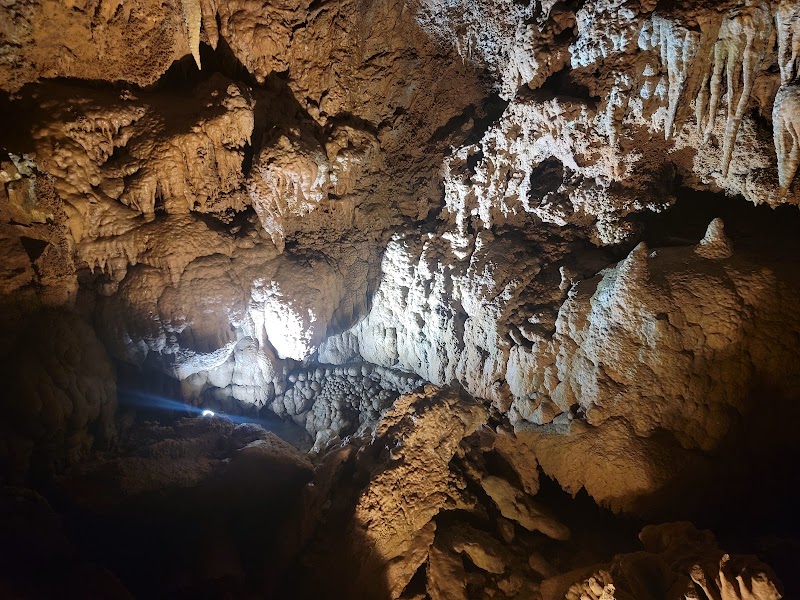
From Locals To Visitors – Why Everyone Loves Dive Outdoors In Redding, California
Dive Outdoors in Redding, California, offers an accessible yet invigorating outdoor experience that connects locals and visitors alike. With a mix of shaded forest paths and expansive river views, this trail balances thrilling adventure with practical preparation, making it a must-try for all levels of hikers.
Adventure Tips
Start Early for Cooler Conditions
Begin your hike in the early morning hours to avoid the afternoon heat and catch the trail in soft, natural light.
Wear Sturdy Footwear
Choose hiking shoes with good ankle support and gripping soles to navigate rocky and uneven patches safely.
Hydrate Thoroughly
Carry at least two liters of water—there are no reliable water refill points on the trail, and heat can escalate fluid loss.
Use Navigation Aids
While the trail is marked, a GPS device or trail map will help avoid confusion, especially in shaded or less-trodden sections.
From Locals To Visitors – Why Everyone Loves Dive Outdoors In Redding, California
Redding, California, is not just a waypoint—it’s a gateway to adventure, especially when it comes to Dive Outdoors. This local favorite combines rugged natural beauty with a practical, action-packed experience that draws hikers and explorers alike. Straddling rivers that dare you to push forward and trails that climb with intention, Dive Outdoors offers a trail experience that’s as much about respect for the land as it is about the thrill of exploration.
The main trail stretches just over 7 miles with an elevation gain of approximately 1,200 feet. This moderate challenge winds through forested stretches where pine and oak trees lean in like guardians, shifting suddenly to open ridges where the views explode into wide panoramas of the Sacramento River carving through the valley below. The terrain varies, from hard-packed dirt underfoot to rocky sections requiring sure footing. The trail’s pulse can slow as you navigate shaded creek crossings or quicken with the momentum gained on steep ascents.
Planning your adventure here means timing it right—early mornings or late afternoons provide the best light and cooler temperatures, especially in the warmer months. Footwear with solid tread and ankle support will make the rocky segments more approachable. Hydration isn’t optional: carry at least two liters per person, since water sources along the route are scarce and the sun can be fierce in summer.
Locals appreciate Dive Outdoors for its balance—it challenges without overwhelming, and rewards effort with views that feel earned. Visitors bring fresh eyes and eager steps, ready to meet the land head-on. The currents of the nearby rivers don’t ask for permission; they demand attention. This hike is not about conquering the outdoors but engaging with something fiercely itself—a reminder that adventure is a conversation, not a monologue.
Expect to encounter moments where the forest canopy opens into sweeping exposure, the wind whispering hints of the higher elevations ahead. Wildlife is active—keep watch for deer quietly retreating into the underbrush, hawks circling overhead, and the occasional stirring of a river otter along the banks. Each step invites you deeper, asking for focus, balance, and respect.
Dive Outdoors in Redding isn’t just a hike; it’s an outdoor classroom where practicality meets excitement. Prepare well, move deliberately, and the trail will unfold its secrets on your terms. Whether you’re a local familiar with every switchback or a visitor stepping into unknown terrain, this experience welcomes all who want to engage outdoors without sacrificing clarity or purpose.
Nearby Trips
All Adventures
Boat Charters
Water Activities
Adventures near Redding, California
Discover the unique and memorable adventures that make Redding, California special.
Frequently Asked Questions
Are dogs allowed on the Dive Outdoors trail?
Yes, dogs are permitted but must be kept on a leash. The varied terrain and wildlife mean controlling your pet helps protect local ecosystems and ensures safe encounters with other hikers.
Is there cell phone reception along the trail?
Reception can be spotty, especially in downriver sections surrounded by dense forest. It’s best to prepare as if you won’t have reliable cell service.
What wildlife might I see on the hike?
Keep an eye out for deer, hawks, and river otters near the water’s edge. Smaller mammals and diverse bird species also populate the forested areas—quiet observation is key.
Can I swim or fish in the nearby rivers?
Swimming is possible but currents are strong and can be unpredictable. Fishing requires a valid California fishing license, and certain regulations apply to protect native species.
Is there parking at the trailhead?
Yes, a small parking area serves the trailhead but it can fill quickly on weekends. Arriving early ensures you secure a spot.
Are there restroom facilities available?
Restrooms are available only at the parking area. No facilities exist along the trail, so plan accordingly.
Recommended Gear
Hiking Boots
Provide stability and traction across diverse terrain, preventing injuries on rocks and uneven ground.
Hydration Pack or Water Bottles
Ensures ample water supply to combat heat and keep energy levels consistent throughout the hike.
Layered Clothing
Allows for temperature regulation as conditions change with elevation and weather shifts.
GPS Device or Trail Map
Helpful to stay on course, particularly in less obvious trail zones or during low visibility.
Local Insights
Hidden Gems
- "A rarely visited viewpoint just beyond the main ridge where you can see a sweeping curve of the Sacramento River disappearing into the canyon."
- "Small side paths leading down to quieter riverbanks where the water rushes with a relentless energy."
Wildlife
- "River otters play in the currents near the base of the trail on quieter mornings."
- "Red-tailed hawks are common predators soaring overhead, their cries punctuating the silence."
History
"The region has long been home to the Wintu people, whose traditional pathways often intersect modern trails, marking this land with deep cultural significance."
